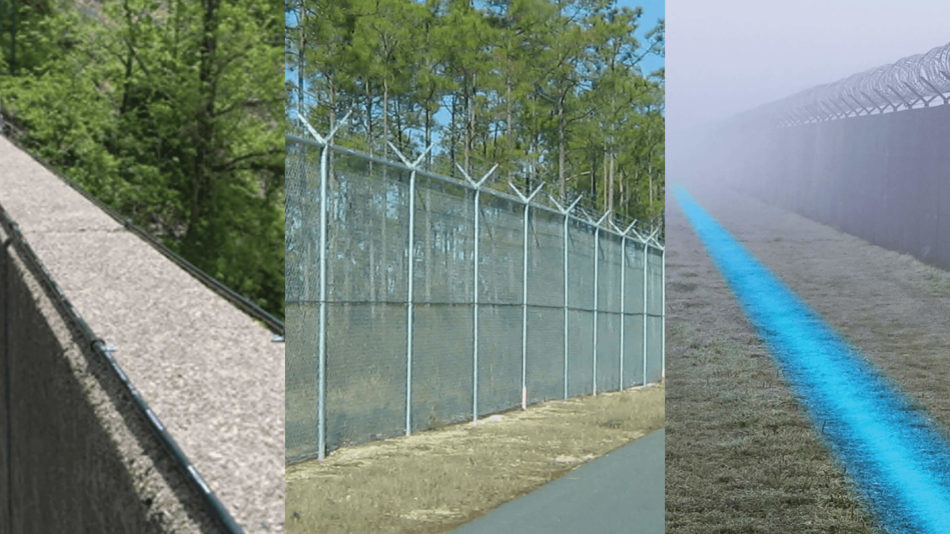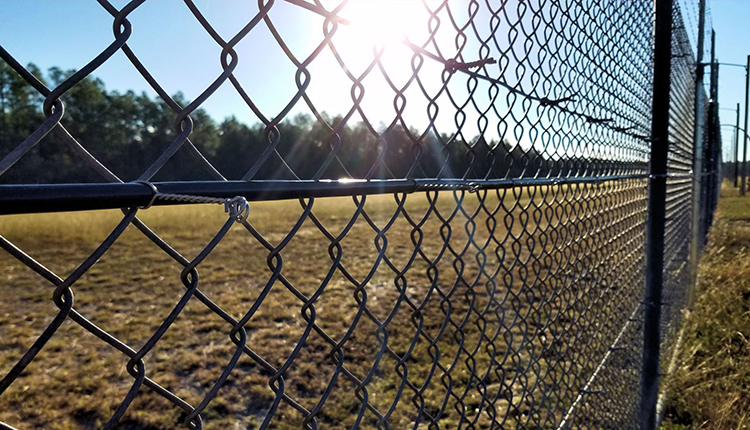Reasons to Choose a Fiber Optic Security System for Residential Security Installations
Reasons to Choose a Fiber Optic Security System for Residential Security Installations
Blog Article
Enhance Your Security With Advanced Fiber Optic Security Solutions
In an era where safety and security is vital, sophisticated fiber optic safety systems provide a compelling remedy for boosting safety and security throughout various settings. These systems not only flaunt exceptional bandwidth and speed for high-resolution surveillance yet likewise use exceptional durability against exterior disturbances. As companies significantly seek reliable methods to shield their assets, the integration of cutting-edge innovations like AI and IoT within fiber optic structures increases crucial inquiries about their effectiveness compared to typical systems. What implications do these advancements hold for future security measures?
Benefits of Fiber Optic Safety And Security
Taking advantage of the benefits of fiber optic innovation significantly improves safety systems throughout different applications. One of the main advantages is the enhanced data transfer capability, permitting the transmission of huge amounts of data at high rates. This is especially essential for real-time video monitoring, where high-resolution feeds can be sent without latency, making certain instant action abilities.
Additionally, optical fiber display superior resistance to electro-magnetic interference, which is important in settings with possible signal interruptions. This integrity guarantees consistent performance in crucial safety operations. Fiber optic cable televisions are less susceptible to touching and unapproved accessibility contrasted to conventional copper wiring, thus enhancing data honesty and confidentiality.
Another significant advantage is the toughness of fiber optic systems; they are much more resistant to environmental aspects such as dampness, temperature variations, and harsh substances. This durability converts to lower maintenance costs and longer life expectancies for security installations.
Finally, the lightweight nature of fiber optic cables promotes much easier setup and transmitting, specifically in complicated frameworks (fiber optic security system). Eventually, the assimilation of fiber optic technology right into safety and security systems not only strengthens defense procedures however also enhances operational efficiency
Key Features to Consider
When examining fiber optic safety systems, a number of key functions need to be taken into consideration to make certain ideal performance and effectiveness. First, assess the system's detection range and level of sensitivity; a substantial variety permits monitoring large areas, while high sensitivity ensures that even small disturbances are identified promptly.
Following, consider the assimilation capacities of the system. A fiber optic safety and security system should effortlessly interface with existing security steps such as video cameras and alarm systems, producing a cohesive safety network.
Durability and ecological resistance are additionally essential attributes. Make sure that the system is created to stand up to harsh climate condition and prospective physical dangers, as this will lengthen its operational life expectancy.

Lastly, explore the scalability of the system. A robust fiber optic safety and security system should be conveniently expandable to suit future requirements without substantial overhauls. By meticulously thinking about these features, you can select a fiber optic security remedy that improves security and security in your environment.
Installment Process Introduction
To successfully apply a fiber optic safety and security system, a methodical installment process is essential. This procedure starts with a comprehensive website evaluation to establish the particular safety needs and to determine optimum locations for fiber optic cables and safety and security gadgets. Following this assessment, the setup group will certainly develop an in-depth plan, consisting of cable television paths, necessary tools, and compliance with regional policies.
Next, the installment includes laying the fiber optic cables, ensuring they are safeguarded from environmental factors and physical damages. Appropriate handling techniques are critical, as fiber optic cable televisions are delicate and can be easily damaged. After the cabling is mounted, adapters and terminations are thoroughly completed to guarantee signal honesty.
The subsequent phase includes mounting protection tools such as cameras, movement detectors, and alarm system systems, all incorporated with the fiber optic network. Extensive testing is conducted to confirm that all elements are functioning correctly and to make certain optimum efficiency.

Contrasting Fiber Optic to Standard Systems
The development of safety and security modern technology why not check here has led to significant developments in the contrast in between fiber optic systems and standard copper-based systems. Fiber optic systems use light to transmit information, supplying superior data transfer and rate contrasted to their copper equivalents. This causes boosted data transmission capabilities, making optical fiber ideal for high-resolution video monitoring and real-time tracking.
Additionally, fiber optic wires are resistant to electro-magnetic disturbance, reducing the chance of signal deterioration triggered by outside elements. This particular makes sure regular performance, also in tough environments. In contrast, conventional copper systems are more at risk to interference, leading to potential vulnerabilities in protection applications.
Durability is another benefit of fiber optic systems. They are much less prone to damage from environmental factors such as dampness and temperature level changes, which can compromise copper wiring. Moreover, fiber optics are lighter and thinner, permitting for less complicated setup and minimized physical impact.
Nonetheless, standard systems often tend to have lower initial expenses, making them eye-catching for budget-conscious tasks. While fiber optic systems may call for a greater upfront investment, their lasting benefits-- such as reduced upkeep costs and higher reliability-- often surpass the preliminary expenditure, placing them as a superior selection for modern safety demands.
Future Trends in Protection Innovation
Emerging fads in protection innovation are positioned to change the landscape of monitoring and threat discovery - fiber optic security system. As companies increasingly encounter advanced risks, developments such as fabricated knowledge (AI) and artificial intelligence (ML) are ending up being indispensable to safety systems. These modern technologies boost the ability of fiber optic systems by making it possible for real-time information analysis, identifying anomalies, and automating actions to possible breaches
Furthermore, the assimilation of the Internet of Points (IoT) is reinventing security structures. IoT devices can offer thorough situational understanding and facilitate smooth communication between different security components. This interconnectedness enables a lot more reliable monitoring and faster occurrence response times.
Biometric authentication is also getting energy, offering a greater level of protection through unique physical qualities. As this modern technology advances, it is likely to be included into fiber optic systems for improved access control.
Verdict
To conclude, progressed fiber optic protection systems represent a significant advancement in security and security innovation. Their premium data transfer, resistance to disturbance, and toughness facilitate dependable surveillance and data stability. As these systems integrate AI and IoT capacities, they enhance the overall safety structure, ensuring durable protection for properties. The page shift from typical systems to fiber optic services reflects a growing trend towards a lot more effective and reliable protection actions in Get More Info a progressively intricate technological landscape.
Report this page